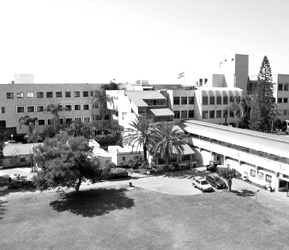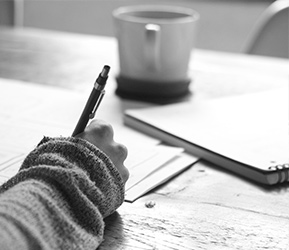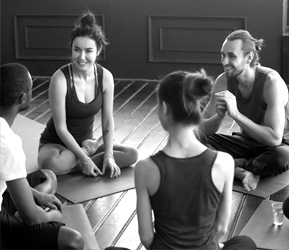Physical Education Methodology
Background:
The aim of the course is to provide students with didactic background in education and in physical education, at the elementary school (sophomore year) and the middle and secondary school (junior year) levels.
Aims:
Sophomore (Second) Year
- Knowledge and understanding of teaching and learning physical education in elementary school (early childhood: grades 1-2, and childhood: grades 3-6)
- Introduction to diverse teaching skills necessary for efficient instruction
- Recognizing diverse learner characteristics and their needs
- Introduction to physical education curricula in elementary school
- Development of didactic judgments in planning and teaching physical education in elementary school
Third year
- Conscious professional development directed towards forging a professional-educational mission statement
- Understanding learner characteristics and their needs
- Introduction to the physical education curricula in middle and secondary school
- Understanding the process of reflection and its contribution to the enhancement of teaching
- Consolidating and extending the planning process: Goal setting in physical, emotional, cognitive and social areas as part of the lesson and as an instruction subject-based unit – from an extensive teaching unit to an annual and multi-annual curriculum; Exercising judgment in the process of planning and choosing appropriate forms of implementation by means of distinct teaching plans; Instilling knowledge and tools for evaluating the process
Theoretical Themes Second Year
- Games in the context of physical education
- Teaching skills: Class management and direction, rules and regulations, learner organization, equipment designation and organization, instruction-explanation, illustration and physical modeling, teacher location and mobility, safety, enthusiasm, verbal and non-verbal communication, voice production, feedback.
- Learner characteristics and their needs in early childhood – aspects of planning and instruction
- Lesson planning – lesson structure and outline in physical education
- Goal setting in physical education lessons
- Exercising judgment in the choice of learning activities and evaluation of the learning-teaching process
- Physical education curriculum in grades 1-2, rationale and content
- Learner characteristics and their needs in grades 3-6 – aspects of planning and instruction
- Development of teaching content in accordance with skill analysis and classification and physical education teaching materials
- Planning an instructional unit
- Designing and organizing learning and the learning environment
- Teaching methods for the heterogeneous classroom
- Discipline problems in elementary school – prevention and coping strategies
- Physical education curriculum for grades 3-6, rationale and content
Third Year
- "Professional belief" – understanding factors influencing our self-construct
- Understanding learner characteristics in adolescence and their needs – implications for planning instruction
- Consolidation and extension of the instruction unit planning process using Rink's (1998) taxonomy for choosing contents and their gradual development – learning by means of sequential instructional units
- Physical education curricula in middle and high school; Planning annual and multi-annual curricula for middle and high school
- Knowledge of planning and teaching models in physical education:
- The tactical model in game instruction
- The "cooperative learning" model
- The "sport education" model
- The physical activity and health model
- Motivation and discipline
- Knowledge of a variety of alternative and authentic diagnostic and evaluative methods for assessing and supervising the learning process and its outcomes

.png)





 יום פתוח - יום שני 30.5.2022 בשעה 16:30 - תואר ראשון, שני, הסבת אקדמאים ומכינה
יום פתוח - יום שני 30.5.2022 בשעה 16:30 - תואר ראשון, שני, הסבת אקדמאים ומכינה
